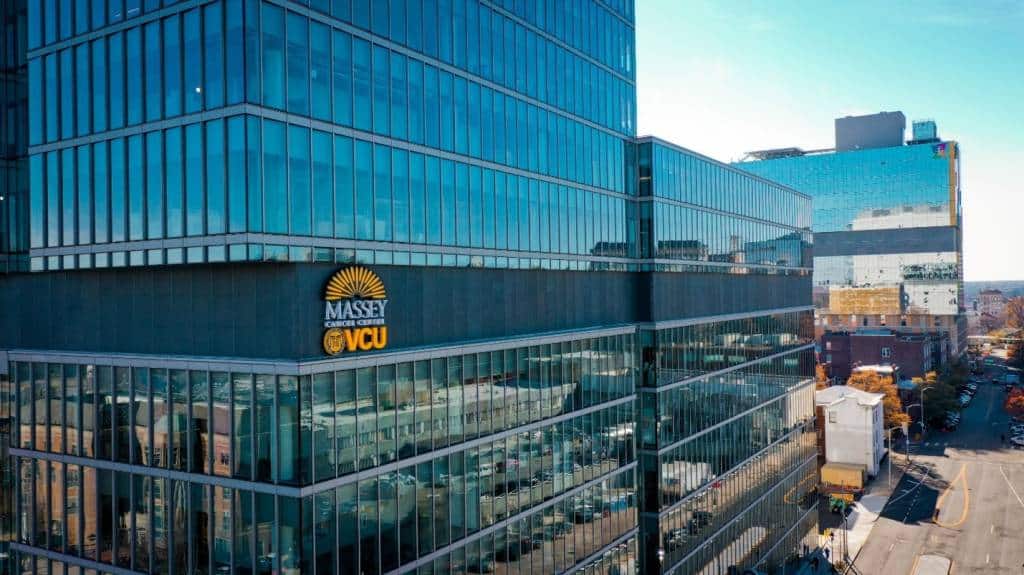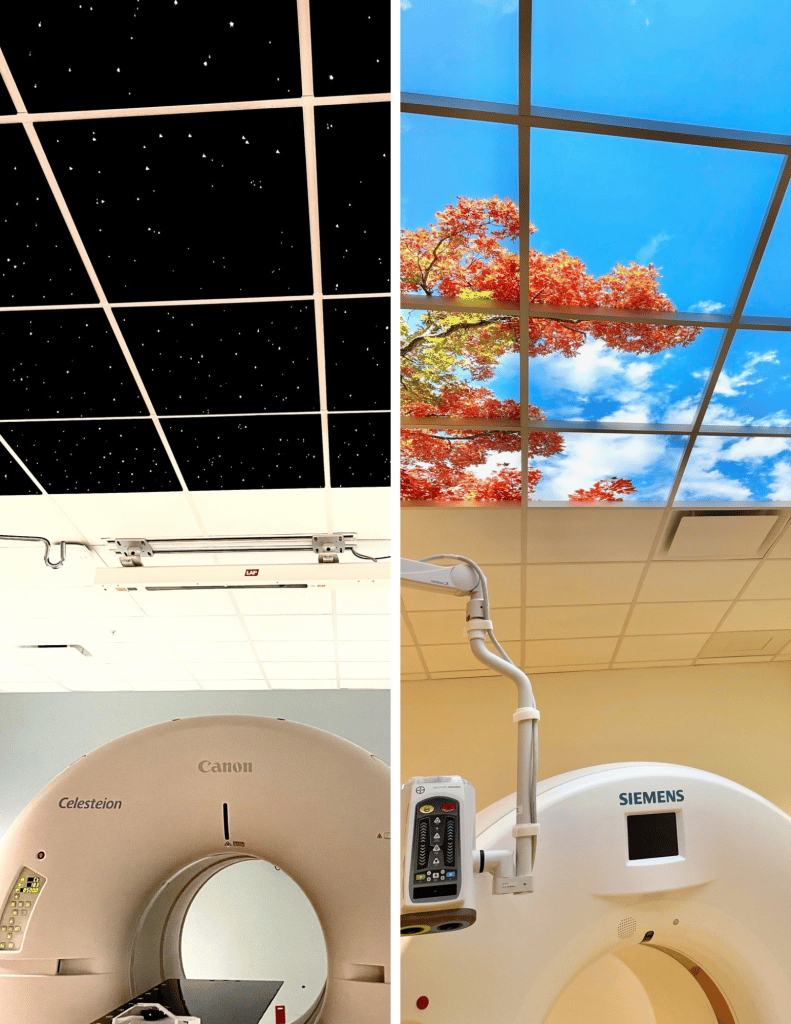Strong business relationships between the client and the construction manager (CM) make the construction process run smoothly and last long after the project is over. This starts with robust engagement early in the process. Communicating and agreeing upon the project components and overall purpose is a great place to start. This is especially the case in healthcare construction. Using VCU Health’s Adult Outpatient Pavilion (AOP) as an example, we detail how robust client engagement can have a significant impact on the success of a large-scale construction project.
Celebrating its nearly one-year anniversary, this design-build outpatient facility and academic health center is at the former site of the Virginia Treatment Center for Children at East Leigh Street between 10th and 11th Streets in Richmond, VA. The 615,000-SF main building houses the Massey Cancer Center, Imaging, Ambulatory Services and Clinics, and includes an adjacent and connected 475,000-SF parking deck. The facility was also designed and constructed to meet LEED Silver Certification.
The vision behind AOP is to serve as a template for all VCU Health ambulatory care sites and for site-wide organizational change. The key to this success story offers a seamless journey, being patient friendly and having system-wide technological infrastructure and operational efficiency organization. When partnering with a client, and to understand project success, undertaking a process that explores a company’s guiding principles, meets community needs, and is built for the ultimate patient experience should be a top priority.
Guiding Principles
Before the project begins, the CM and client meet to discuss and lay out the top principles that will effectively guide the entire construction process. The client should detail exactly what is to come of the project, the reason and passion for the build, and the importance of maintaining the client’s brand.
Before the start of the AOP project, the team sat down to review the project’s guiding principles and their importance.
Having a clear understanding of the client’s goals allows the CM to deliver at the highest caliber and meet the client’s metrics for success. At AOP, ensuring each patient’s needs are met and are left with a positive experience, are the primary driver for the overall project success.
Meeting Community Needs
The success of community-centric projects largely depends on how effectively the community is involved. Getting the community’s input early on will help build relationships and ensure the development will be something the community will be proud of. Community and stakeholder involvement can ultimately shape the project’s vision. Understanding the community’s needs and implementing those into the project will lead to success.
VCU Health spent significant time surveying staff members and listening to the community that frequents their facilities on how to build a home for the best patient experience and care in the region. Having insiders express their needs and wants makes a huge difference in how the building can ultimately operate. From having easy interstate access, increased parking spaces, new technology, and optimized clinical workflow, AOP was built with and for the community in mind.
Built for the Patient Experience
Like in all healthcare buildings, the space should be geared toward the patient’s well-being. The patient’s care, recovery methods, and treatment regimens should be considered to provide the ultimate atmosphere and space. Maximizing natural sunlight into the facility was a critical move that set the tone for much of the space. Residing in an environment with natural light produces more endorphins which aid in the recovery process.

The Massey Cancer Center in AOP occupies a large section of the facility. Cancer patients often undergo CT scans, PET scans, and MRIs in basement levels due to the weight of these scanning machines thus needing extreme structural support for this heavy equipment. The staff wished for a better patient experience for individuals undergoing these tests and requested to relocate the Linear Accelerators (machines designed to customize high-energy x-rays to conform to a tumor’s shape, killing cancer cells while sparing surrounding healthy tissue) to a non-traditional elevated terrace level. Providing patients access to rooms with more natural light to make a typically dreary experience more comfortable. In other scanning rooms, the ceilings feature starry skies, sunlit cherry blossom trees, and fluffy white clouds to enhance the therapeutic environment.

The Value of Client Engagement
The AOP building journey began with a patient-centered care experience at the forefront. That meant listening to patients’ past experiences, as well as expectations for the future. It meant listening to clinical staff members to better understand how the facility could deliver the level of care that was expected. It meant taking the individual’s ideas and bringing them to life in the built environment. It is one thing to survey the community and interview staff to collect input, but it is another thing to listen to it and implement it into the building plan. That is the value of client engagement—listening and learning about the physical needs and wants of those that will inhabit the facility and building a plan to create just that.
Previous Post Next Post